Hello Photoion students and photography fans. Today we’ve got an article looking at some creative photography techniques that you can use to take more interesting photographs.
We all know how important the pillars of photography such as lighting and composition are; and how using them correctly can produce stunning photography. But sometimes you want to give your image that extra wow factor. These tips will help you do just that!
1. Panning (Motion Blur)
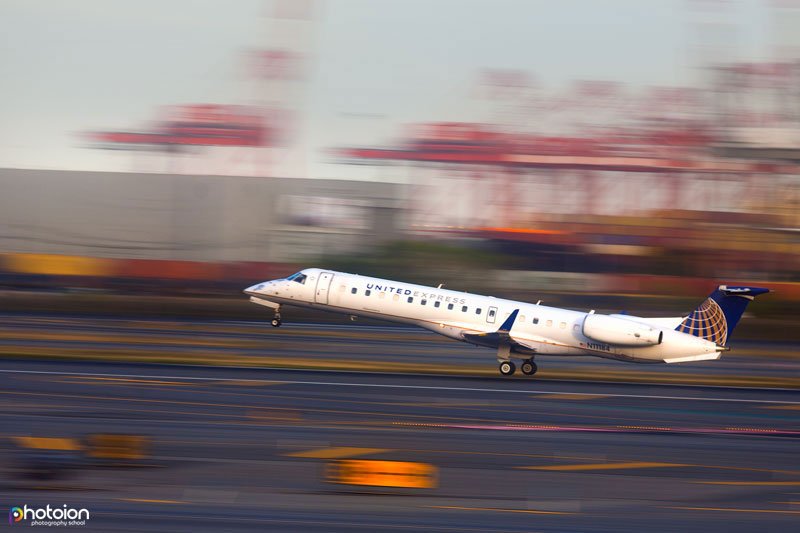
Panning – motion blur – Image by Ion Paciu
This technique is for showing movement in your photographs. It’s often used in sports, street and wildlife photography, and it shows a moving subject against a blurred background.
To achieve this effect you want to set your shutter speed to a longer time then usual. This gives you the best possible chance to capture the movement of the background in your photograph.
As your subjects approaches you, you want to begin capturing the subject by following your subject as they pass.
This will create the motion blur effect, and is a brilliant way to capture the feeling of movement in a photograph.
You’re best off using a wide angle lens so that you can dimmish the camera shake as much as possible. Set your focus area on one focus point so that you maintain a good contact with the subject while you are panning your camera. You can learn more about this photographic technique on our beginners photography course.
2. Light Trails
You’ll no doubt have seen a light trail photograph in the past. They are especially common for night photography in cities as the headlights of the passing cars create great light trails.
Obviously for this technique you’ll need to obtain a slow shutter speed. You want the longest shutter speed possible and you can achieve this by closing your aperture as much as possible .
A tripod is a must for this exposure technique. The aim is to have the camera capturing the image for a long period of time and there is no way you could hold your camera perfectly steady for that long.
Your location will also play a huge part in your final image. You want to choose a location where your subjects, usually cars, will be passing frequently and they don’t stop; so busy roads and motorways are best for this technique.
By selecting locations where the only light source is the headlights of the vehicles themselves, you can create the illusions of trails of light winding through the darkness. You can learn how to achieve this technique hands on practising with our tutor Ion Paciu during our night photography workshop.
3. Zoom Burst
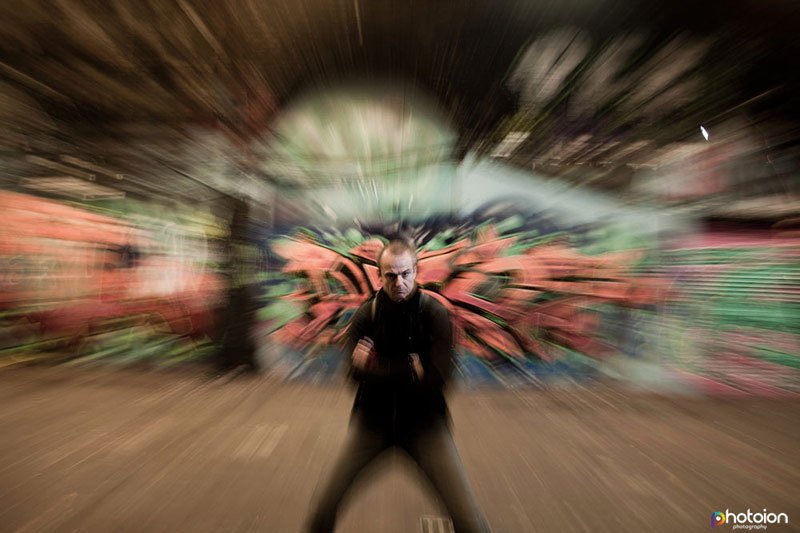
Zoom burst effect – Image taken by our students during one of our Beginners Photography Course
This is one of the easiest photography techniques on the list and requires the least amount of setup. The idea is simple; as you are taking your image at a relative slow shutter speed, zoom in our out from your subject. Doing so will blur the edges of the image and give the illusion that the viewer is rushing towards the subject.
By experimenting with your shutter speed, how quickly you zoom, the distance of your subject, and your framing, you can create all manner of wonderful images.
If you want to add an interesting spin to your image, try holding your lens perfectly still and rotating the camera body to zoom instead. This will give it a nice spiral effect in addition to blurring the edges of the image.
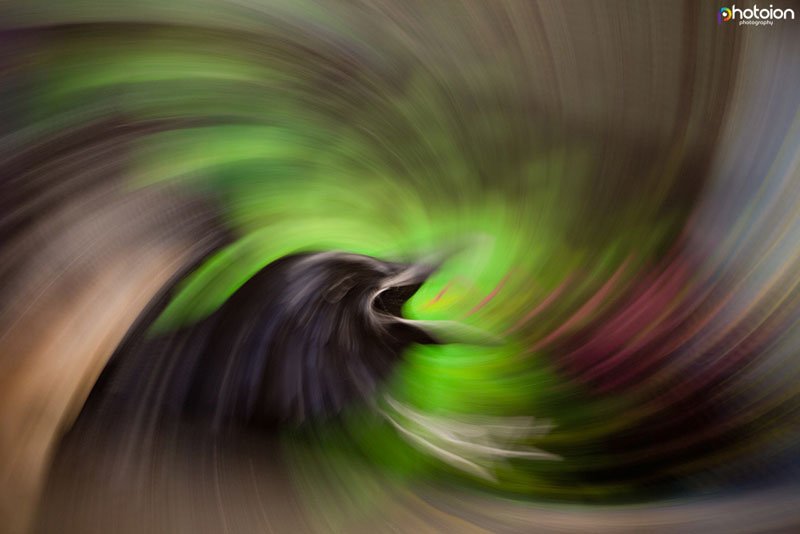
Zoom burst spiral effect – Image taken by our students during one of our Beginners Photography Course
Using this technique at night is also particularly effective as it has a similar effect as technique 2 and creates trails of light in your final image. You can properly learn this photographic technique on our beginners photography course.
4. High Speed Photography
This is one complex technique. The high speed photography technique involves exposing a very fast moving subject at a very hight speed, and then isolating a single image, or frame, from that selection, which will give the effect of freezing your subject in motion. Once mastered, these photography techniques can be applied in different ways and photographers have different methods for achieving high speed photography. High speed photography (depending on the speed of the subject) can be achieved either using your fastest camera shutter speed (in case of ambient light 1/8000sec or more if your camera is capable of achieving a faster shutter speed than 1/8000sec) or using a speedlite / flashgun.
This technique works best when the subject, or something interacting with the subject, is moving extremely quickly, so that your isolated image freezes that movement.
This technique is brilliant for capturing liquid drops movement, allowing you to capture an image of a falling drop hitting the surface of water (or any other liquid). The key factors for this type of photography is patience and the right tools. We are preparing a high speed photography workshop soon, so, stay tuned!
5. Slow Sync Flash
Slow sync flash is the technique of using your flashgun / speedlite while also having a longer exposure time.
The way it works is to keep the shutter of the camera open for longer time than usual, and fire the flash at a very specific moment.
Because you’re working with longer exposure times, you want to keep your subject as still as possible to reduce blur around the edges.
The combination of the additional light allowed from a longer exposure, as well as the flashgun / speedlite, can give you terrific lighting effect in low-light settings, and produces a much more interesting image than using the standard flash mode.
If there are moving points of light in your image, you can create an image that blends your subject with the light trails we talked about in technique 2. This creates particularly interesting images in places light bars and nightclubs, graffiti environments so is a great option to up your night out pictures! You can learn this photographic technique on our intermediate photography course.
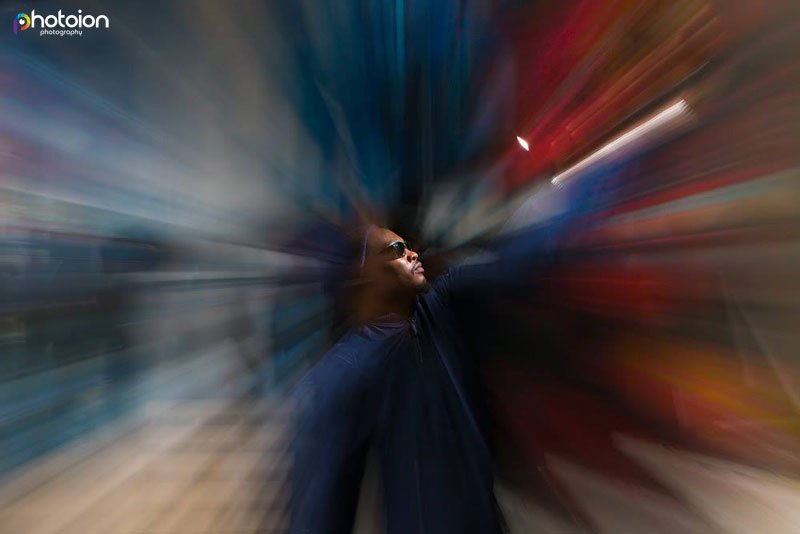
We hope you found these photography techniques useful and are inspired to get out there and capture some more unusual images.
Be sure to share your best images with us on our Facebook page for feedback and review!

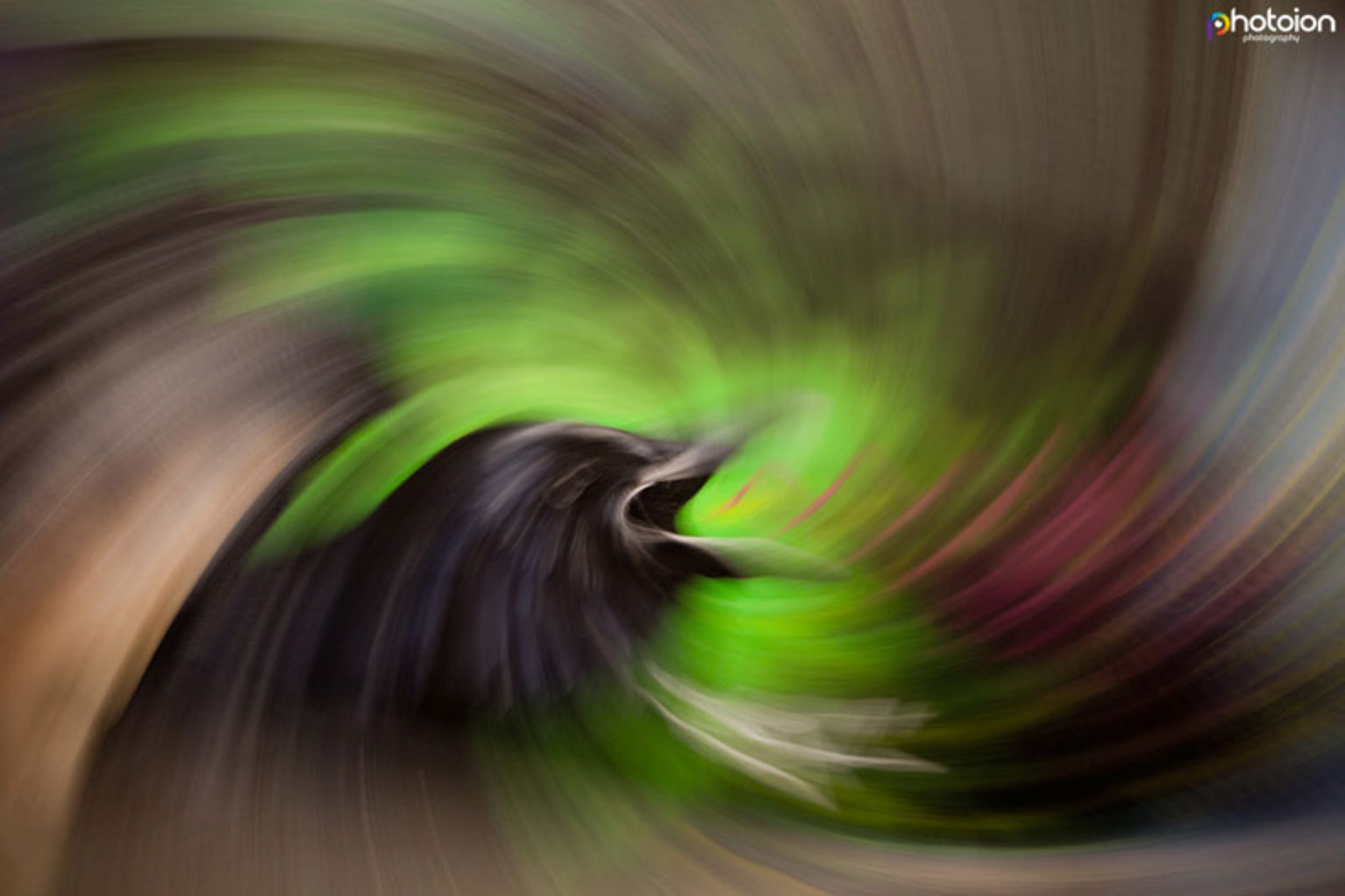
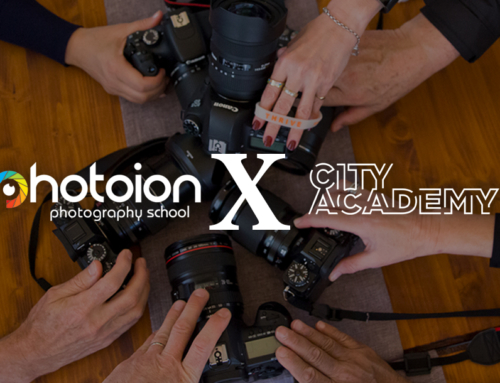
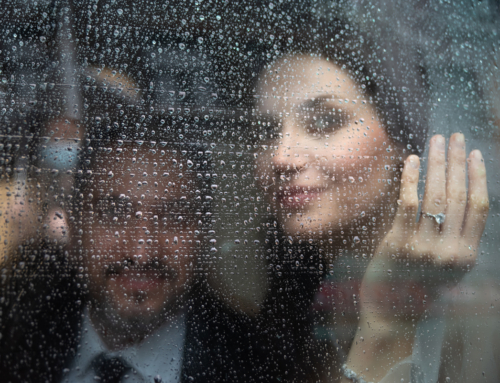
Leave A Comment